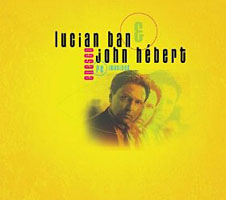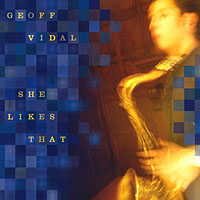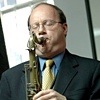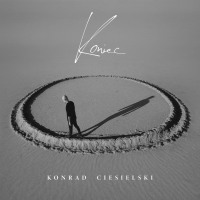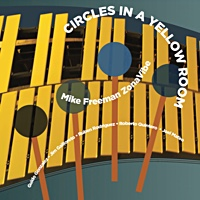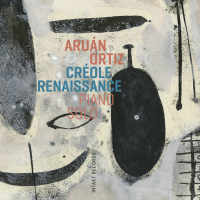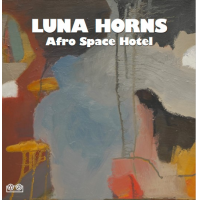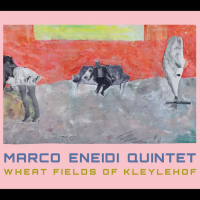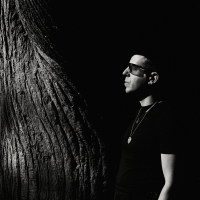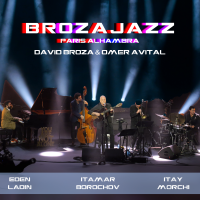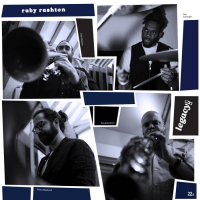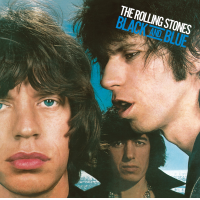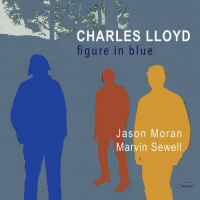Home » Jazz Articles » Album Review » Lucian Ban / John Hebert: Enesco Re-Imagined
Lucian Ban / John Hebert: Enesco Re-Imagined
Enesco was a great violinist and an even greater composer, who was beguiled by the world of music that spread across the globe. In the late '20s, he was known to have taken his most famous pupil, Yehudi Menuhin, to a performance of a Gamelan orchestra from Indonesia that performed in Paris. Around that time, Enesco was also known to have rehearsed some music with Uday Shankar, the musician and dancer-brother of famous Indian sitarist, Ravi Shankar. Enesco also had a great ear for Romanian folk music and its influence can be heard throughout in his music. Set against this backdrop of Enesco's devotion to ethnomusicology, Ban's interpretations of the great Romanian composer's work are brilliant, showing an astute understanding of Enesco's proclivities and also a deep understanding of the composer's work—something shared by bassist John Hébert, who also shares in the credits as having arranged Enesco's work for this project.
Enesco's work is well-represented here, from the beautiful scherzo for violin, viola, cello, bass and piano. "Aria in Eb," to the 2nd movement of the composer's unfinished, 4th Symphony. The writing for strings is exquisitely adapted for horns as well, and Ban also shows some ingenuity in his writing for percussion instruments, such as the tabla in the second movement of "Sonata No. 3," and elsewhere in the "Orchestral Suite" and "Symphony No. 4," and the trap drums throughout the album's scored work. The exquisite counterpoint of horns, strings and percussion in "Octet" demonstrates absolutely masterful writing, and shows Ban's sensitivity for Enesco's great ear for the sound palette. A spectacular pianist himself, Ban subdues his own pianism, but elevates his overall musical voice to soar with Enesco's throughout the set. Hébert's playing also displays great melodicism, as he negotiates very difficult parts of the score—typically in the adagio movement of Enesco's "Piano Suite No. 1."
This is a wonderful piece of work, and hats off to Sunnyside for its foresight in seeing the ingenuity from Lucian Ban's perspective. Violinist Albrecht Maurer's work, as well as that of violist Mat Maneri, together with the rest of the ensemble—especially the percussionists-are additional testaments to this fine album.
Track Listing
Aria Eb Scherzino; Octet for Strings Opus 7--1st movement très modéré Sonata No. 3 for violin and piano Opus 25 (1926) in the Romanian folk character First Movement Malincolico; Sonata No. 3 for violin and piano Opus 25 in the Romanian folk character Second Movement Mysterioso; Orchestral Suite No 1, Opus 9 Prélude ô l'unisson; Piano Suite No. 1 Opus 3 ( ) in the ancient style--adagio; Symphony No. 4 Unfinished (1943) 2nd movement, Marziale; ballade for violin & orchestra Opus 4a (bonus video track).
Personnel
Lucian Ban
pianoRalph Alessi: trumpet; Tony Malaby: tenor saxophone; Mat Maneri: viola; Albrecht Maurer: violin: Lucian Ban: piano and re- orchestrations; John Hébert: bass and re-orchestrations; Gerald Cleaver: drums; Badal Roy: tabla, percussion.
Album information
Title: Enesco Re-Imagined | Year Released: 2010 | Record Label: Sunnyside Records
Tags
PREVIOUS / NEXT
Support All About Jazz
 All About Jazz has been a pillar of jazz since 1995, championing it as an art form and, more importantly, supporting the musicians who make it. Our enduring commitment has made "AAJ" one of the most culturally important websites of its kind, read by hundreds of thousands of fans, musicians and industry figures every month.
All About Jazz has been a pillar of jazz since 1995, championing it as an art form and, more importantly, supporting the musicians who make it. Our enduring commitment has made "AAJ" one of the most culturally important websites of its kind, read by hundreds of thousands of fans, musicians and industry figures every month.


